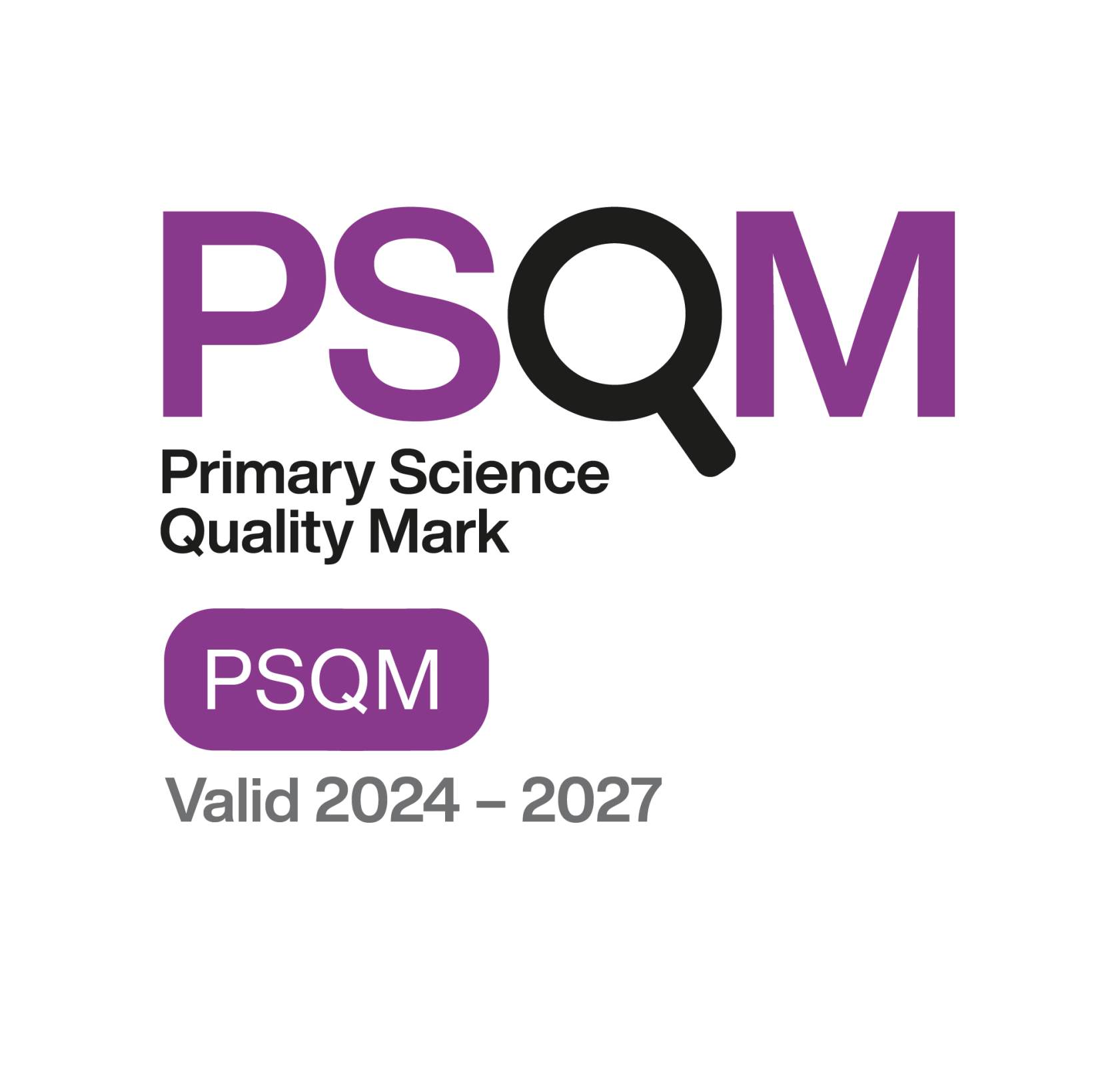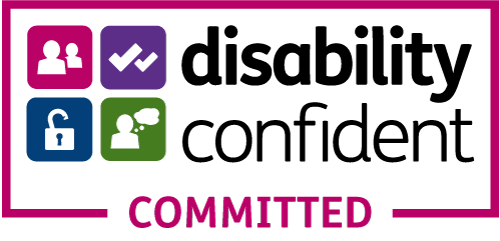Computing
Long Term Map
computing long term plan whole school progression document woodstock.pdf
Overview
At Woodstock Primary Academy, our intent is to equip pupils with the skills and confidence to thrive in an increasingly digital world. Through our computing curriculum, we aim to inspire curiosity and enjoyment in using technology, helping pupils appreciate its capabilities and the opportunities it offers to create, manage, organise, and collaborate.
We want our pupils to become digitally competent, creative, and resilient learners who can apply their skills across a range of contexts, preparing them for the challenges of the 21st-century workplace. Our curriculum prepares pupils for life in the digital world by teaching them how to use technology safely, respectfully, and responsibly. Pupils learn about appropriate online behaviour, copyright and ownership, discerning use of online information, and maintaining a healthy balance in their use of technology.
Computing is taught at Woodstock through discrete lessons using a high-quality scheme of work aligned with the 2014 National Curriculum, ensuring clear progression and coverage. Each unit is supported by a knowledge organiser to help pupils recall key facts and vocabulary, building a solid foundation of understanding. In lessons, pupils use laptops and a variety of software to develop skills across computer science, information technology, and digital literacy. Children will have the opportunity to learn about computer systems and networks, programming, creating media, data handling and online safety in a cyclical manner in order to revisit and build upon previously taught knowledge and skills.
We measure the impact of our computing curriculum through both formative and summative assessments. Each unit includes a planned quiz to evaluate pupils’ knowledge and understanding, alongside ongoing monitoring through retrieval practice, questioning, and learning walks. Pupil voice is actively sought, ensuring children have a say in their learning and are supported to achieve their full potential in computing.






 ↑
↑



